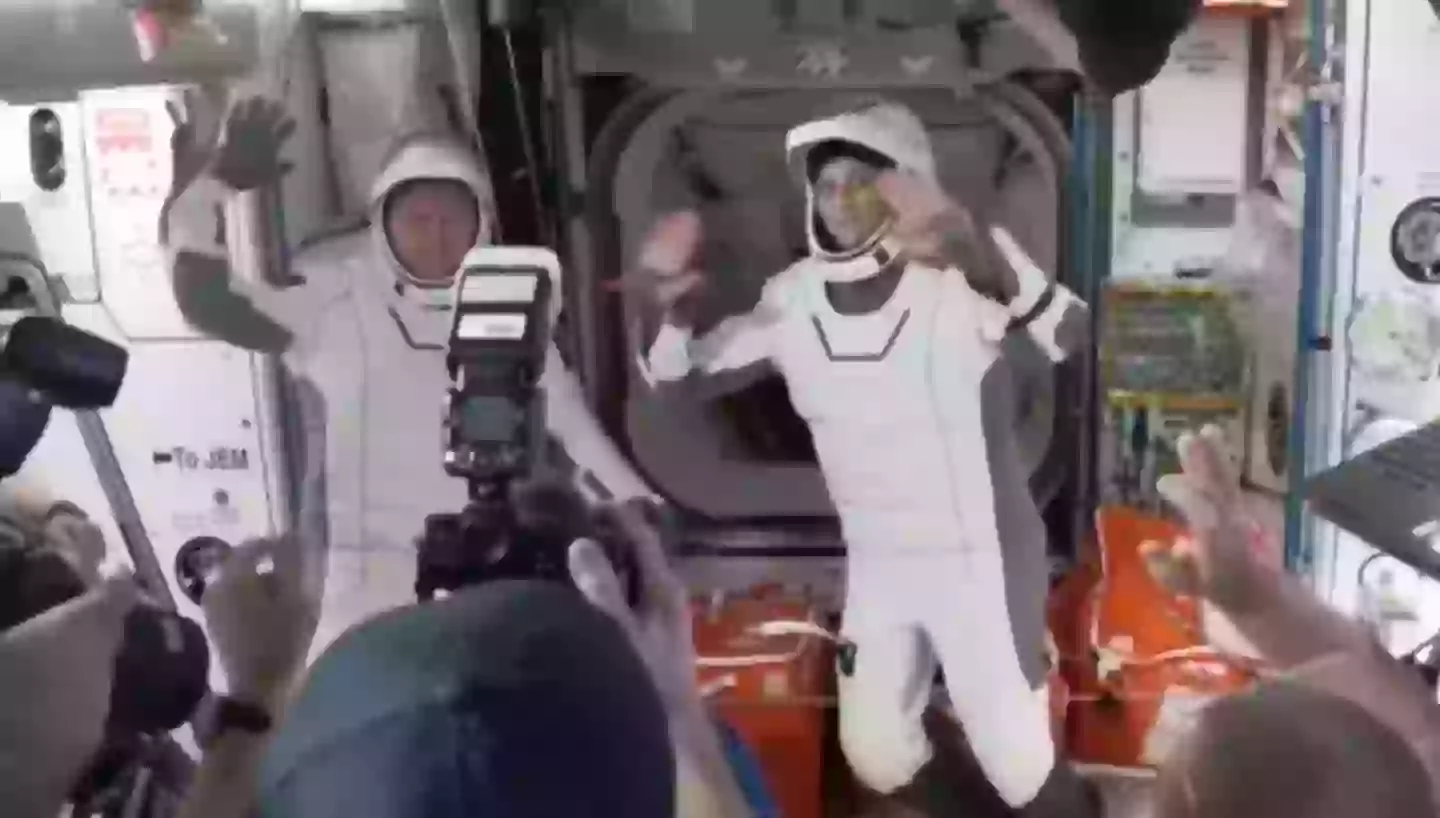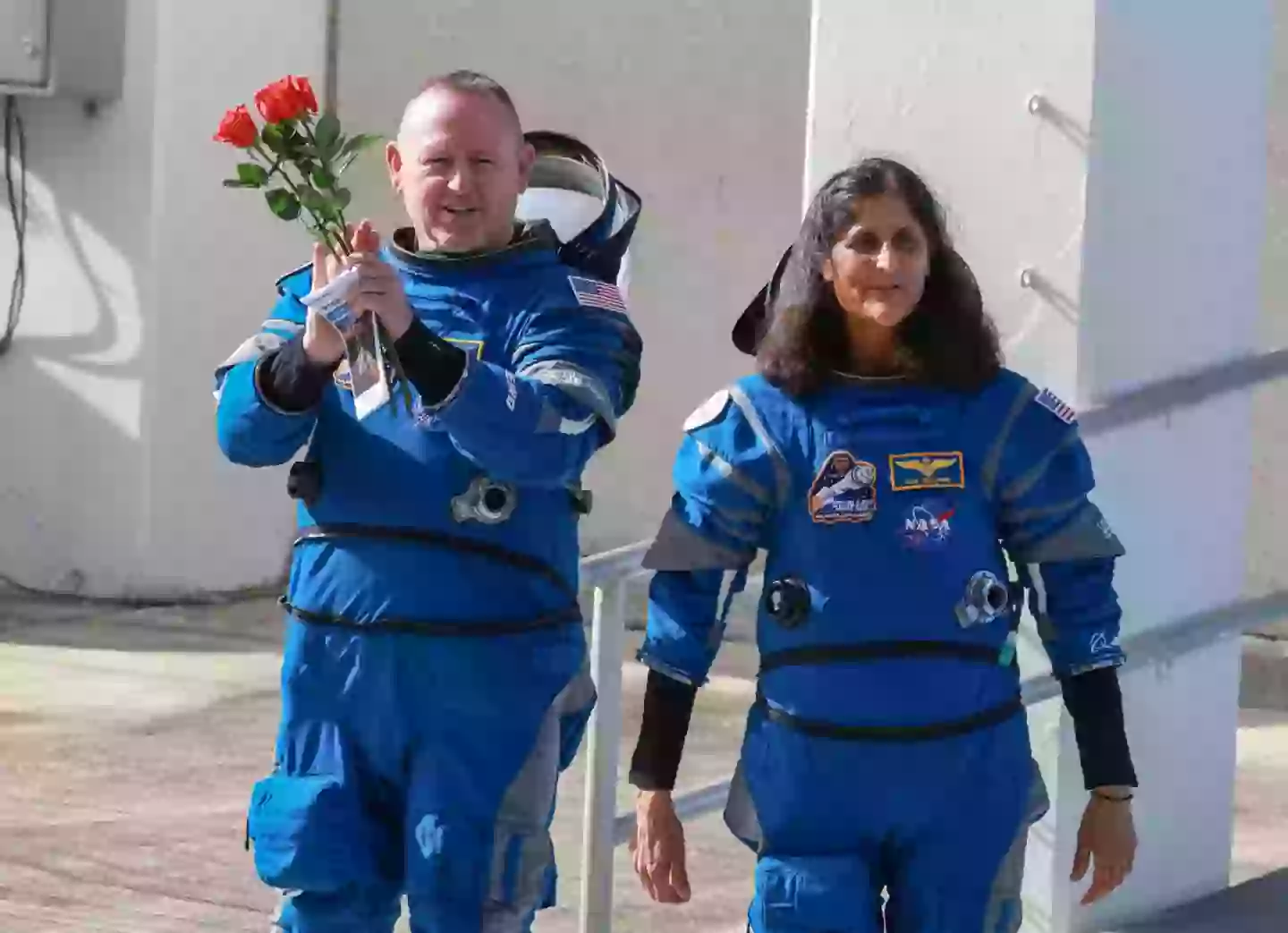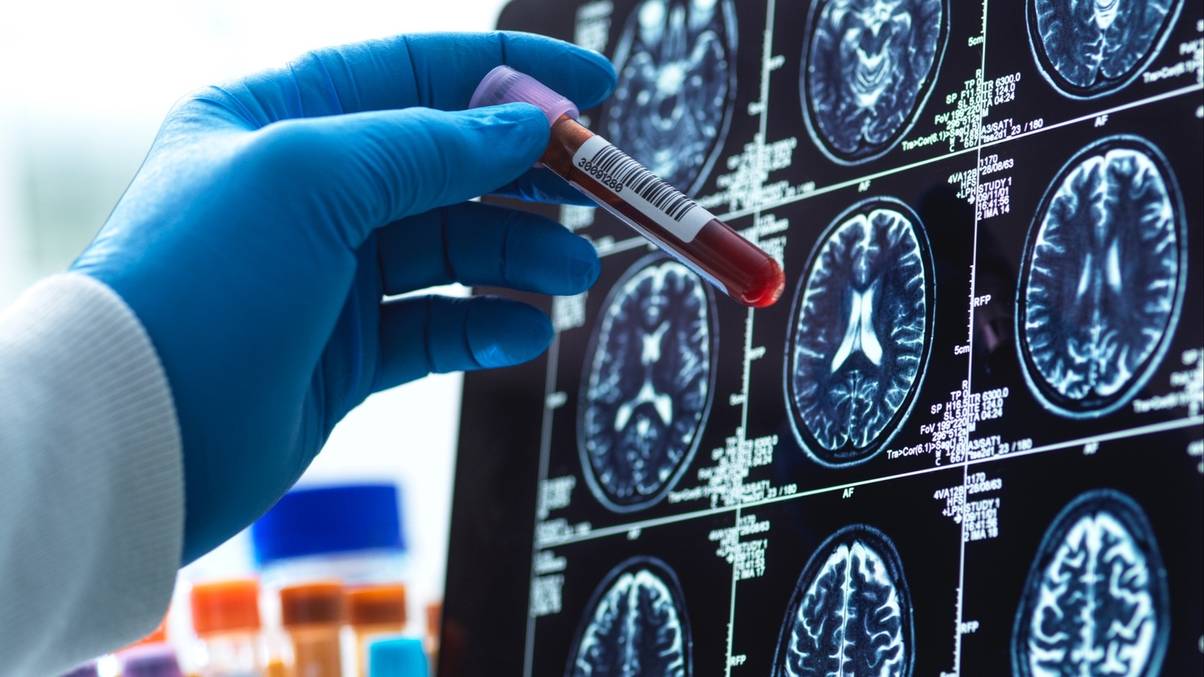“Doctor’s Shocking Revelation: What Will NASA Astronaut Face Upon Earth Return?”
As Barry ‘Butch’ Wilmore and Sunita ‘Suni’ Williams prepare for their return to Earth after an exhilarating nine-month stint on the International Space Station, you might think they’d be racing home to indulge in family time and the comforts of solid ground. But hold on—what if I told you that re-entering the gravity of our planet can be tougher than surviving a family board game night? That’s right! The astronauts will face a grueling rehabilitation process to reacquaint their bodies with Earth’s gravitational pull, all while combating the wear and tear of muscle atrophy and bone density loss. It’s a bit like trying to go back to jogging after binge-watching Netflix and living the couch potato life! Dr. Vinay Gupta, a pulmonologist and Air Force veteran, sheds light on this arduous recovery, hinting at six weeks of hard work ahead. Interested in how this space-to-Earth transition unfolds? There’s so much more to explore! LEARN MORE.
A doctor has outlined the long rehabilitation process that returning astronauts Barry ‘Butch’ Wilmore and Sunita ‘Suni’ Williams will face once they return to Earth.
Following a nine month stay on the International Space Station, the NASA astronauts will finally be splashing down off the coast of Florida at around 09:57pm GMT later today (18 March).
After an extended period of time away on the ISS, you’d imagine the pair would want to head straight home and spend time with their family; however things are a little more complicated when you’re returning from space, with the absence of gravity meaning astronauts have to re-adjust to life on Earth.
And it’s not a fun process.

Butch Wilmore and Suni Williams will be home very soon (NASA)
Explaining the impact which space has on the human body, Dr Vinay Gupta, a pulmonologist and Air Force veteran, told MailOnline that both astronauts will likely need around six weeks of rehabilitation to regain their strength due to muscle atrophy and bone density loss.
As basic functions such as walking and sitting aren’t needed in space, early stages of rehabilitation will focus on regaining strength in weight bearing muscles.
“The human body needs the Earth’s gravitational pull, and in an absence of that, a lot of things are not functioning correctly. The reality is, they’re effectively getting a fraction of the sort of exercise that we all take for granted just by walking in [Earth’s] gravity,” he explained.
“Invariably, despite them doing all the right things (which I know they are) you’re going to see a decrease in muscle mass and strength — no question.”
Dr Gupta also raised concerns about the astronauts exposure to radiation and the risks of cancer.
He said: “If I was their physician, I would think about a more proactive strategy for cancer screening. We want to take a different approach here, given that they had such a unique exposure history.”

Over eight months in space isn’t easy on the human body (Joe Raedle/Getty Images)
NASA previously explained to LADbible that medical teams are present upon an astronaut’s return to Earth to begin post-mission recovery, with a ’45-day post-mission recovery program’ taking place at NASA’s Johnson Space Center in Houston.
Meanwhile former Canadian astronaut Chris Hadfield also explained what post space re-adjustment looks like in an interview with LADbible.
According to Hadfield, it takes on average one week before a returning astronaut can walk properly again, a couple of weeks before you’re able to drive a car once more.
“I could run after a week, but I felt like I was a badly built puppet,” he recalled.



















